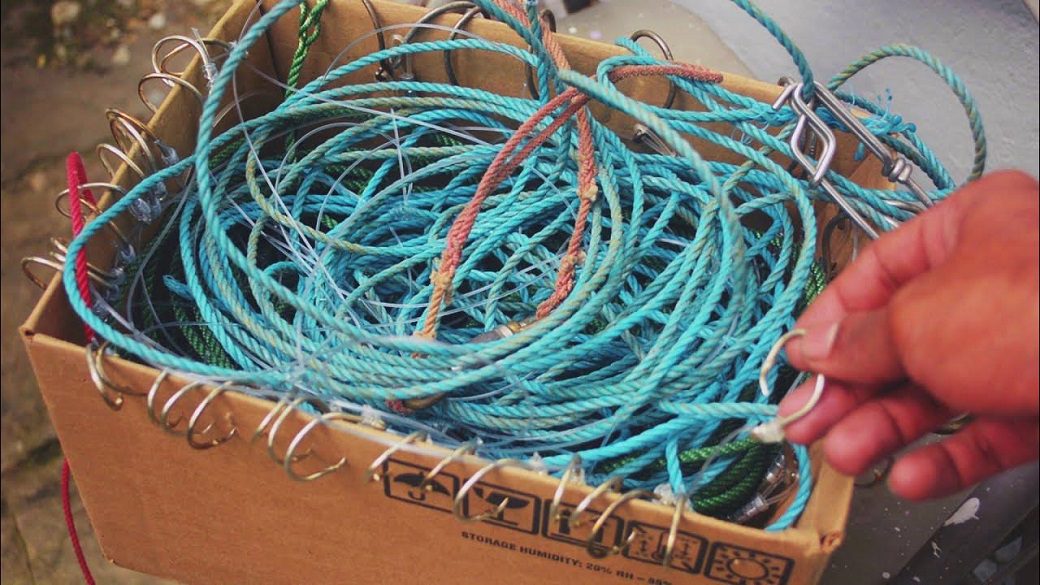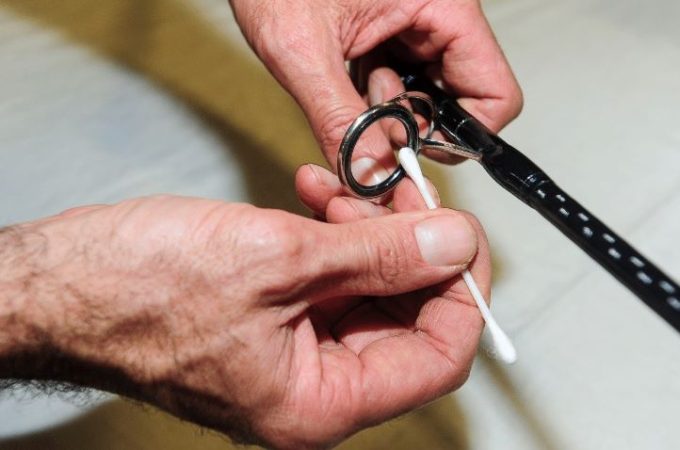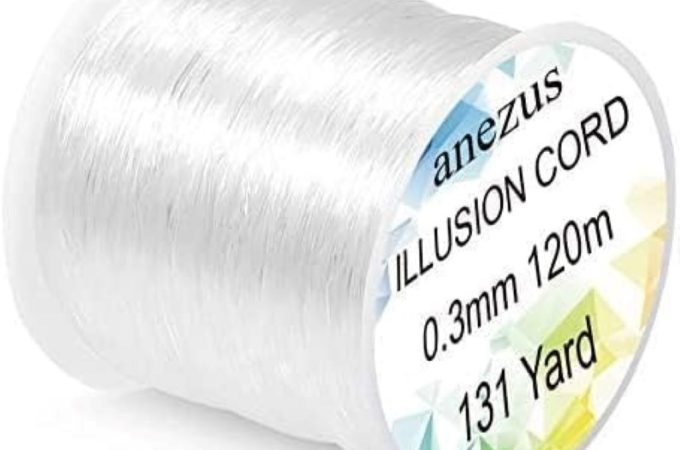
How to Use Long Line Fishing Rope
Imagine gliding across tranquil waters, rod in hand, as you cast your line into the deep unknown. The thrill of the catch lies not just in the reel, but in the art of long line fishing – a specialized technique that demands skill, patience, and the right gear. Among the essentials? A trusty long line fishing rope, your lifeline to the underwater world. Let’s dive into the nuances of mastering this indispensable tool.
Contents at a Glance
ToggleThe Rope’s Role
Think of your long line fishing rope as the backbone of your operation. It’s what connects your hooks, sinkers, and bait to the surface, allowing you to fish in deeper waters and cover more ground. But not just any rope will do – you need one specifically designed for the rigors of angling.

Choosing the Right Rope
When it comes to long line fishing ropes, there are several key factors to consider:
- Material: Go for ropes made of durable yet flexible materials like nylon, polyester, or braided lines. These offer the perfect blend of strength and maneuverability.
- Diameter: Thicker ropes can handle heavier loads but may be more cumbersome to manage. Strike a balance between strength and ease of use based on your target species.
- Length: Longer ropes allow you to cast farther and deeper, but they can also be trickier to handle. Start with a manageable length and work your way up as you gain experience.
Read More: STRENGTH MATTERS: SELECTING THE BEST ROPE FOR MAGNET FISHING
Rigging and Preparing
Once you’ve selected your trusty rope, it’s time to rig it up for action:
Subheading: Attaching Hooks and Bait The real magic happens when you start adding hooks and bait to your long line. Space them out evenly along the length of the rope, using snap swivels or line clippers to secure them in place. Bait up with irresistible offerings like squid, baitfish, or even chicken parts – whatever your underwater quarry can’t resist.
Subheading: Weighing It Down To keep your long line fishing rope from floating aimlessly on the surface, you’ll need to weigh it down. Strategically tie on sinkers or weights at various points along the line, ensuring even distribution and proper submersion.
Casting and Retrieving
With your line rigged and ready, it’s time to put your skills to the test:
Subheading: The Art of Casting Casting a long line fishing rope requires finesse and technique. Avoid simply heaving it into the water, as this can lead to tangling and inefficient deployment. Instead, use a smooth, controlled motion, letting the line unfurl smoothly behind your boat or from the shore.
Subheading: Patience is Key Long line fishing is a game of patience. Once your line is in the water, resist the urge to constantly check or move it. Allow ample time for the fish to find and take the bait, periodically tending to the line to check for strikes or adjust positioning.
In the crystalline waters of the Florida Keys, long line fishing is a time-honored tradition. Local angler and guide, Captain Mike, recounts a recent expedition: “We had our long line out for nearly two hours, baited with fresh ballyhoo. Just when I thought we might need to reposition, the line started dancing. One by one, we hauled in a beautiful haul of yellowfin tuna and mahi-mahi. The patience and preparation paid off!”
Conclusion
Mastering the art of long line fishing rope is no small feat, but the rewards are well worth the effort. By carefully selecting the right rope, rigging it properly, and exercising patience and technique, you’ll unlock a whole new world of angling adventures. So, grab your gear, study the tides, and let that long line be your guide to incredible catches and unforgettable memories on the water.





